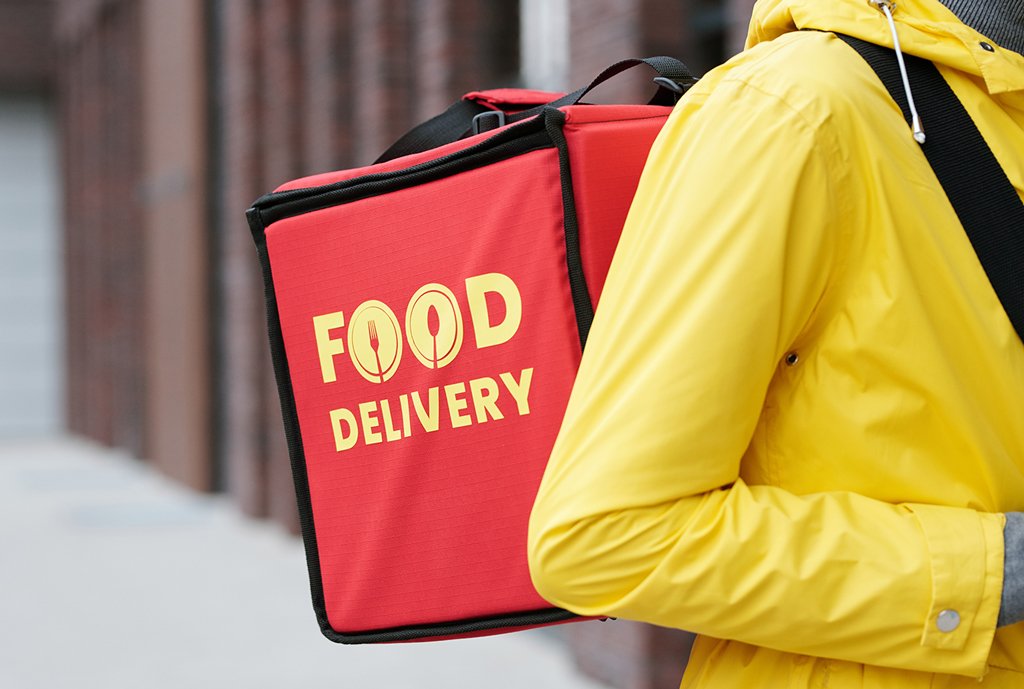
Rising Senior Hunger Paves Way for Innovative Food Bank Solutions
- foodfightadmin
- July 26, 2023
- Find Food, Food Bank Support, Hunger In America
- resources feature three_one, rsc pages, rscl
- 0 Comments
The rate of food insecurity among America’s seniors remains stubbornly high. A Feeding America report divulged that 7.1% of those 60 or older – or 5.5 million of 78 million – faced food insecurity in 2021, a marked increase from 6.8% the previous year.
“What’s noteworthy is that while the general population sees improvements in food security, seniors don’t seem to be part of this upward trajectory,” noted Emily Engelhard, the Vice President of Research and Translation for Feeding America. Racial disparities persist, with Black and Latino seniors showing a considerably higher vulnerability to food insecurity compared to their white counterparts.
In response to this pressing issue, food banks are doubling down on efforts tailored to seniors. Three Square Food Bank in Southern Nevada opened the Senior Hunger Campus in 2020 to stock food suited to senior dietary needs and collaborates with services like DoorDash’s Project DASH and Lyft’s Grocery Access Program to ensure food reaches those who can’t leave their homes.
Alyx Phillips, Director of Grants Administration at Three Square, emphasized the importance of a dignified approach. “Senior hunger often comes with pride and shame barriers. Our aim is to craft an experience where seniors feel respected, not pitied.”
The Central Texas Food Bank, in collaboration with Feeding Texas and Meals on Wheels and more, has released a toolkit. This guide, based on insights from a year-long study involving over 200 seniors, focuses on best practices for registering seniors for SNAP benefits.
The method of food distribution for seniors remains a contentious topic. While home deliveries seem convenient, it lacks the social engagement that attending community events or centers offer – a critical component considering prevalent feelings of isolation among seniors.
A Colorado-based bank, Community Food Share, is knee deep in this debate. Armed with a grant from the Gretchen Swanson Center for Nutrition, the food bank’s Elder Share program is investigating if in-person grocery shopping yields superior nutritional outcomes compared to food delivery. They are piloting transport services for immobile seniors to Elder Share locations, hoping to strike a balance between convenience and nutrition.
Abbey Fluckiger, Community Centered Research Analyst at Community Food Share, expressed optimism. “We aim to discern if seniors prefer visiting the pantry or receiving home deliveries.”
Given projections that the U.S. senior populace will balloon to 104 million by 2050, the urgency of addressing senior food insecurity cannot be understated. If the status quo persists, an alarming seven million seniors might face food insecurity by mid-century.








